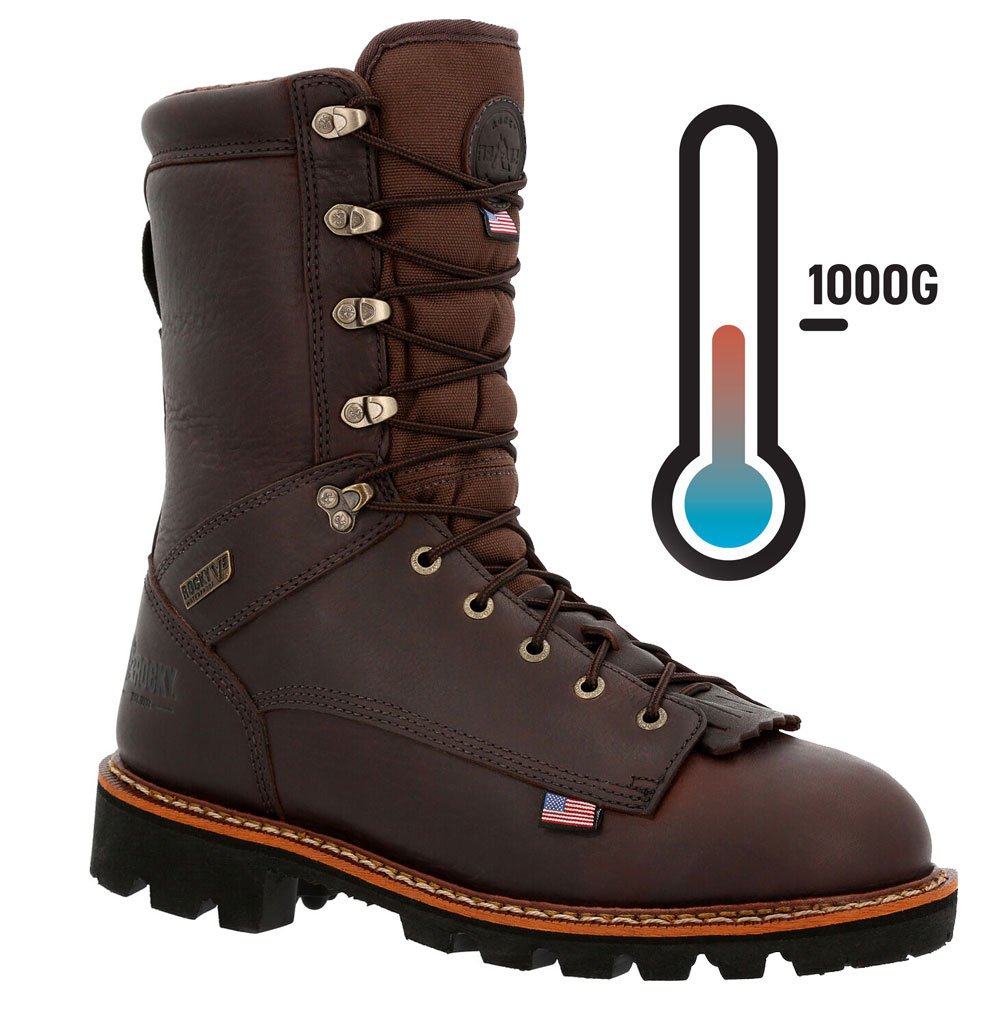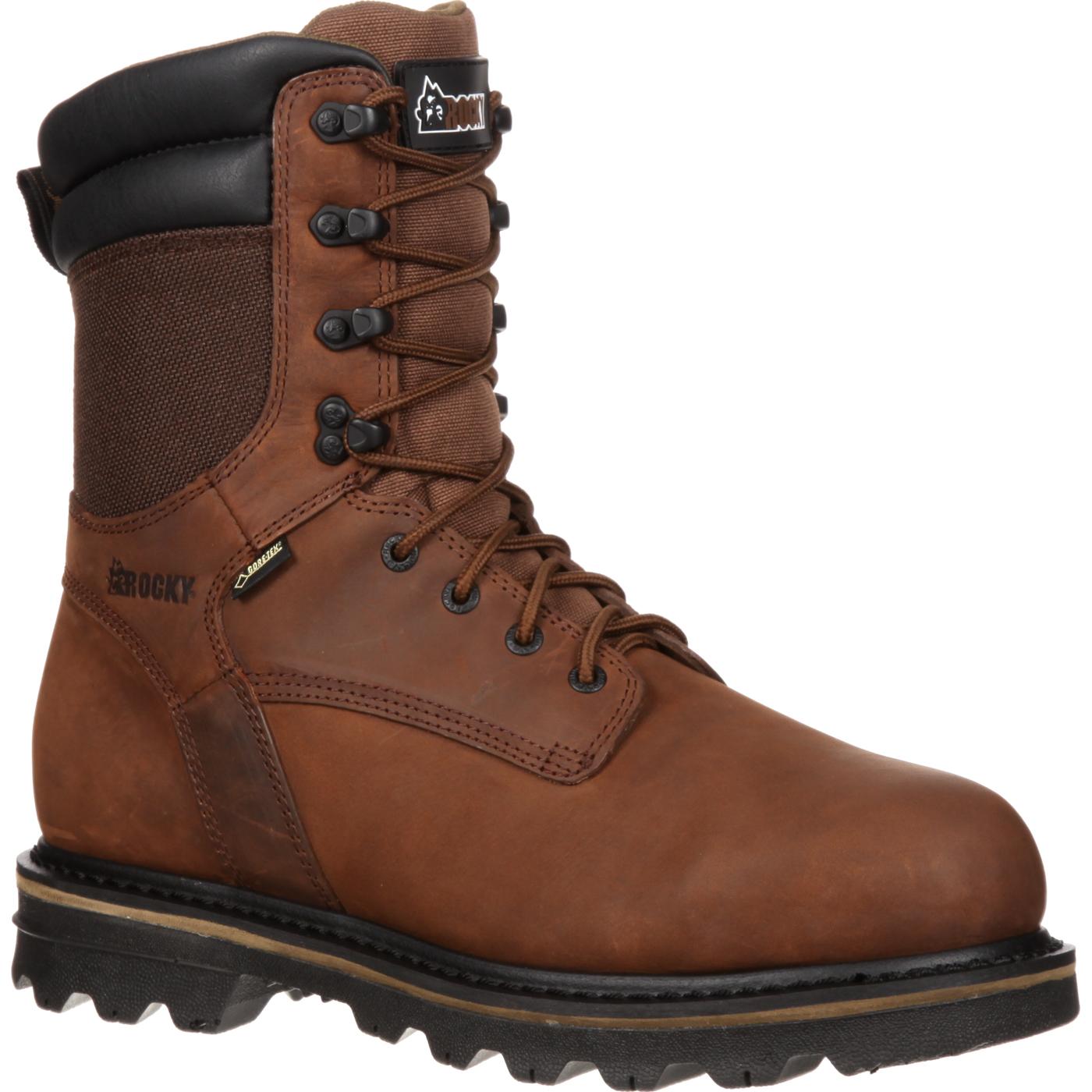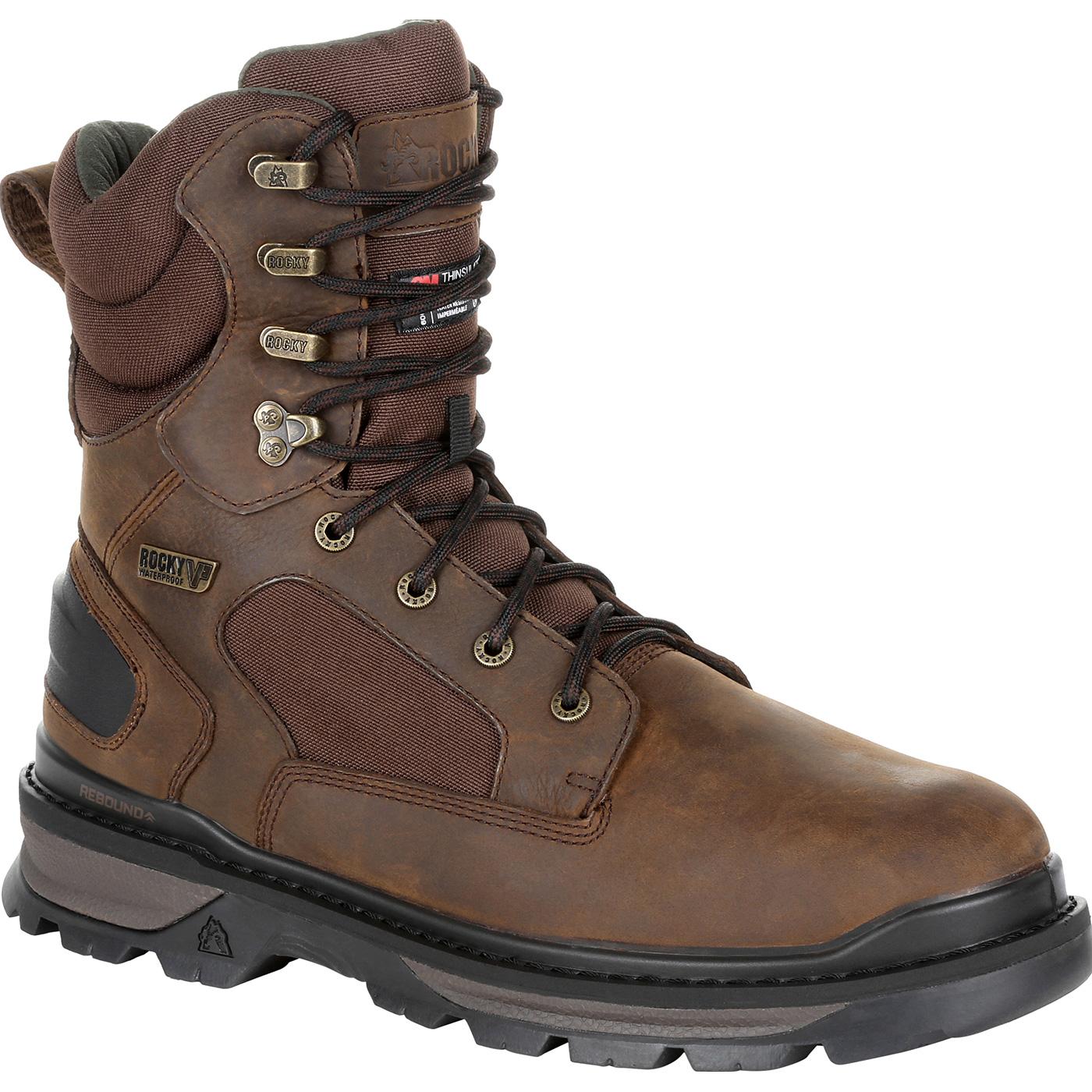How to Select Boots that Can Withstand Freezing Temperatures
When engaging in outdoor activities in extreme cold weather, it’s crucial to prioritize your safety and comfort. Frostbite and hypothermia are serious risks that can have severe consequences if not taken seriously. Insulated boots play a vital role in keeping your feet warm and protected from the harsh elements. The right boots can make all the difference in staying warm and safe, and understanding the importance of insulation ratings, such as the 600g rating, is key to making an informed decision. In extreme cold weather, a good pair of insulated boots can be the difference between enjoying the outdoors and facing potentially life-threatening conditions.
Understanding Insulation Ratings: What 600g Means for Your Feet
When it comes to insulated boots, understanding the insulation rating is crucial in determining the level of warmth and protection they provide. One of the most popular insulation ratings is the 600g rating, which is specifically designed to keep feet warm in extreme cold weather conditions. But what does 600g really mean, and how does it translate to warmth and protection in different temperature ranges? In essence, the 600g rating refers to the amount of insulation material used in the boot, with higher ratings indicating greater warmth and protection. For 600g insulated boots, this means they are capable of withstanding temperatures as low as -20°C to -30°C (-4°F to -22°F), making them ideal for outdoor activities such as skiing, snowshoeing, or ice fishing. By understanding the 600g insulation rating and its corresponding temperature rating, you can make an informed decision when choosing the right boots for your winter adventures.
The Science of Insulation: How Boots Keep Your Feet Warm
Insulated boots rely on advanced materials and technologies to trap warmth and keep cold air out. The science behind insulation in boots is rooted in the principles of thermal insulation, where the goal is to minimize heat transfer between the foot and the outside environment. In 600g insulated boots, this is achieved through the use of high-loft insulation materials, such as Thinsulate or Polarguard, which are designed to trap warm air and prevent cold air from penetrating the boot. Additionally, many 600g insulated boots feature advanced technologies like moisture-wicking membranes and breathable linings, which help to regulate foot temperature and prevent moisture buildup. The combination of these materials and technologies enables 600g insulated boots to provide exceptional warmth and protection in extreme cold weather conditions, making them an essential component of any winter outdoor enthusiast’s gear.
Top Picks: Insulated Boots with 600g Ratings for Extreme Cold
When it comes to choosing the right 600g insulated boots for extreme cold weather, there are several top-rated options to consider. Here are a few of the best insulated boots with 600g ratings, featuring products from brands like The North Face, Sorel, and UGG:
The North Face Thermoball Boot features a 600g Thinsulate insulation rating, providing exceptional warmth and protection in temperatures as low as -20°C (-4°F). With a waterproof and breathable membrane, this boot is ideal for snowshoeing, ice climbing, or other winter activities.
Sorel’s Caribou Boot boasts a 600g insulation rating, making it suitable for extreme cold weather conditions. Its waterproof design and rugged outsole provide excellent traction and stability on snow and ice.
UGG’s Adirondack Boot features a 600g insulation rating, offering superior warmth and protection in cold weather. Its waterproof membrane and breathable lining ensure dry and comfortable feet, even in wet snow conditions.
When comparing these top-rated insulated boots, consider factors such as waterproofing, traction, and breathability. While all three boots feature 600g insulation ratings, their unique features and designs make them suitable for different winter activities and preferences.
Temperature Rating Breakdown: What to Expect from 600g Insulated Boots
When it comes to 600g insulated boots, understanding the temperature rating is crucial for staying warm and safe in extreme cold weather. The 600g insulation rating is designed to provide exceptional warmth and protection in temperatures ranging from -20°C (-4°F) to -40°C (-40°F). In this temperature range, 600g insulated boots can maintain a comfortable foot temperature, even in wet snow conditions.
In temperatures above -20°C (-4°F), 600g insulated boots can provide excellent warmth and protection for outdoor activities such as snowshoeing, ice climbing, or skiing. However, in temperatures below -40°C (-40°F), even 600g insulated boots may not be enough to maintain a comfortable foot temperature, and additional layers or heated insoles may be necessary.
It’s essential to note that the temperature rating of 600g insulated boots can vary depending on factors such as the type of insulation, boot design, and individual metabolism. Additionally, wind chill, humidity, and other environmental factors can also impact the performance of 600g insulated boots.
When choosing 600g insulated boots, consider the specific temperature range and weather conditions you’ll be facing. By understanding the temperature rating breakdown of 600g insulated boots, you can make an informed decision and stay warm and safe in extreme cold weather.
Additional Features to Consider: Waterproofing, Traction, and More
When selecting 600g insulated boots for extreme cold weather, it’s essential to consider additional features that can enhance their overall performance. While the 600g insulation rating provides exceptional warmth and protection, other features can make a significant difference in keeping your feet dry, comfortable, and safe.
Waterproofing is a critical feature to look for in 600g insulated boots. A waterproof membrane, such as Gore-Tex or eVent, can prevent water from entering the boot, ensuring that your feet stay dry and warm. This feature is particularly important for activities like snowshoeing, ice climbing, or skiing, where you may encounter wet snow or ice.
Traction is another vital feature to consider. A good grip on the sole of the boot can provide stability and prevent slipping on icy or snowy surfaces. Look for boots with aggressive tread patterns and lugs that can dig into the snow or ice, providing a secure footing.
Breathability is also an important feature to consider. While 600g insulated boots are designed to trap warmth, they can also trap moisture. A breathable membrane or lining can help to wick away moisture, preventing blisters and discomfort.
Other features to consider include adjustable cuffs, gussets, and tongue systems, which can help to prevent snow and cold air from entering the boot. Additionally, look for boots with reflective materials or bright colors, which can increase visibility in low-light conditions.
By considering these additional features, you can find 600g insulated boots that not only provide exceptional warmth and protection but also enhance your overall performance and safety in extreme cold weather.
Real-World Testing: How 600g Insulated Boots Perform in Extreme Cold
In extreme cold weather conditions, 600g insulated boots are put to the test. Real-world testing and customer reviews provide valuable insights into the performance of these boots in harsh winter conditions.
One customer, who wore 600g insulated boots while skiing in -25°C (-13°F) weather, reported that their feet remained warm and dry throughout the day. They praised the boots’ ability to keep cold air out and warmth in, even in wet snow conditions.
In another test, a group of hikers wore 600g insulated boots while trekking in -30°C (-22°F) weather. They reported that the boots performed exceptionally well, keeping their feet warm and comfortable even in the face of strong winds and icy terrain.
However, some customers have reported limitations with 600g insulated boots in extremely cold temperatures. For example, one customer reported that their boots struggled to keep their feet warm in -40°C (-40°F) weather, suggesting that additional layers or heated insoles may be necessary in such conditions.
Overall, real-world testing and customer reviews suggest that 600g insulated boots are capable of delivering exceptional warmth and protection in extreme cold weather conditions. While they may have limitations in the most extreme temperatures, they remain a reliable choice for outdoor enthusiasts and workers who need to brave the cold.
When choosing 600g insulated boots, it’s essential to consider the specific temperature rating and weather conditions you’ll be facing. By doing so, you can ensure that your boots provide the warmth and protection you need to stay safe and comfortable in extreme cold weather.
Conclusion: Staying Warm and Safe with 600g Insulated Boots
In conclusion, choosing the right insulated boots for extreme cold weather is crucial for staying warm and safe. With a 600g insulation rating, boots can provide exceptional warmth and protection in temperatures as low as -40°C (-40°F). By understanding the science behind insulation, the importance of additional features, and the performance of 600g insulated boots in real-world testing, outdoor enthusiasts and workers can make informed decisions when selecting the right boots for their needs.
Remember, 600g insulated boots are not just a luxury, but a necessity for those who brave the extreme cold. By prioritizing safety and comfort, individuals can enjoy their winter activities with confidence, knowing that their feet are protected from the harsh elements. Whether you’re skiing, snowshoeing, or working in the cold, 600g insulated boots can make all the difference in staying warm and safe.
When selecting 600g insulated boots, be sure to consider the temperature rating, additional features, and real-world performance. By doing so, you can ensure that your boots provide the warmth and protection you need to stay safe and comfortable in extreme cold weather. With the right boots, you can conquer the cold and enjoy the beauty of winter with confidence.









